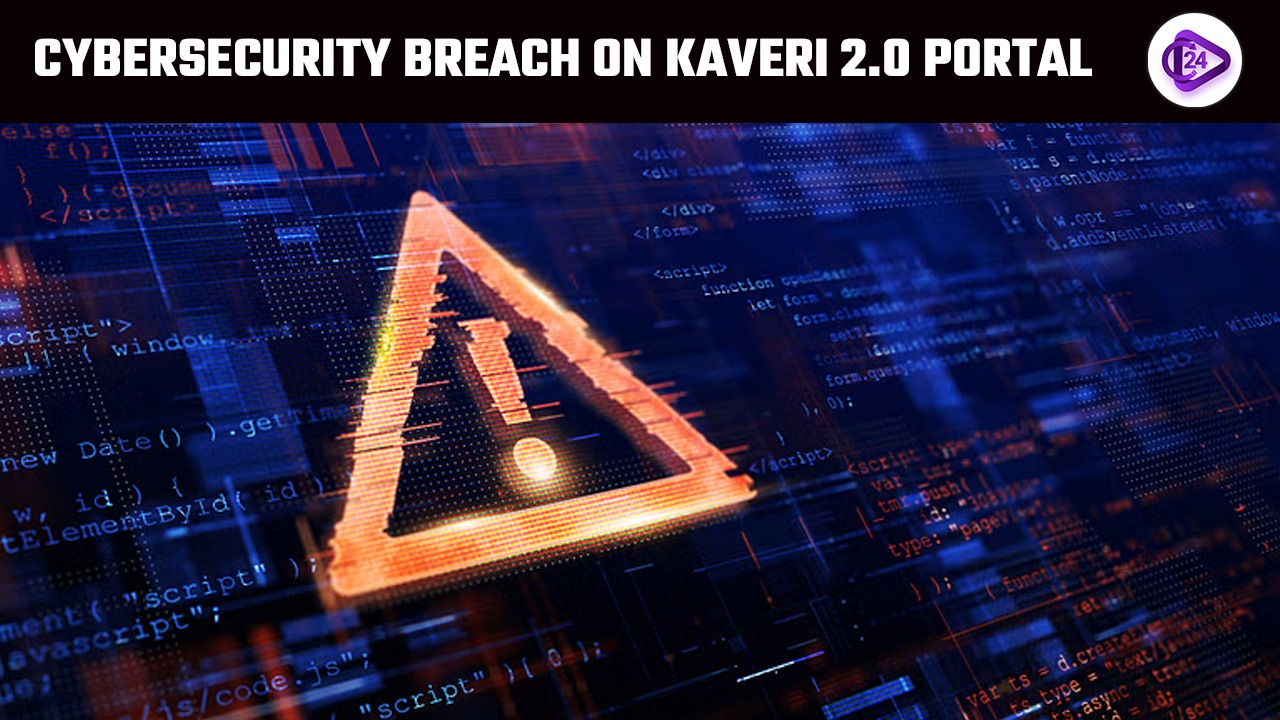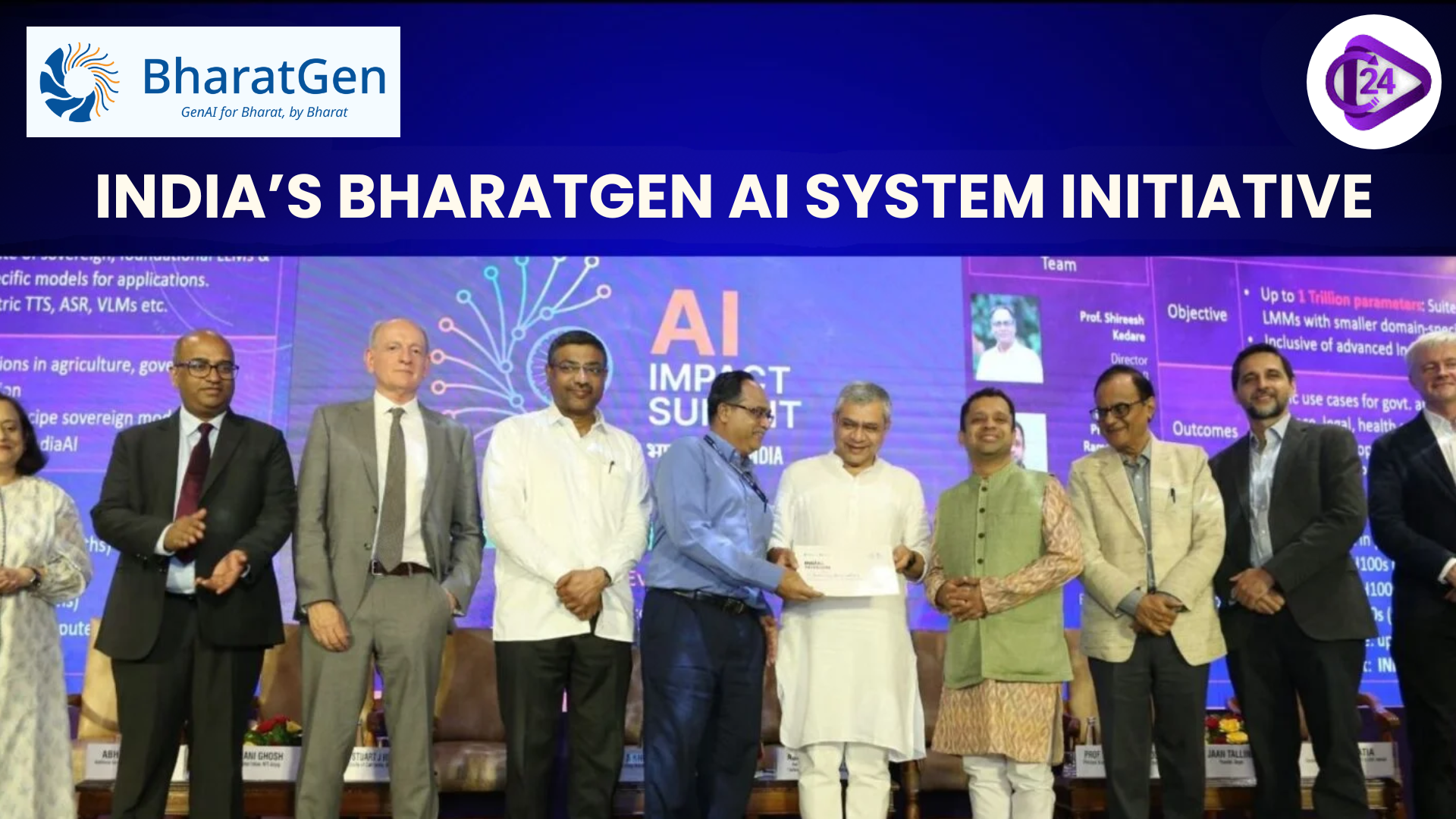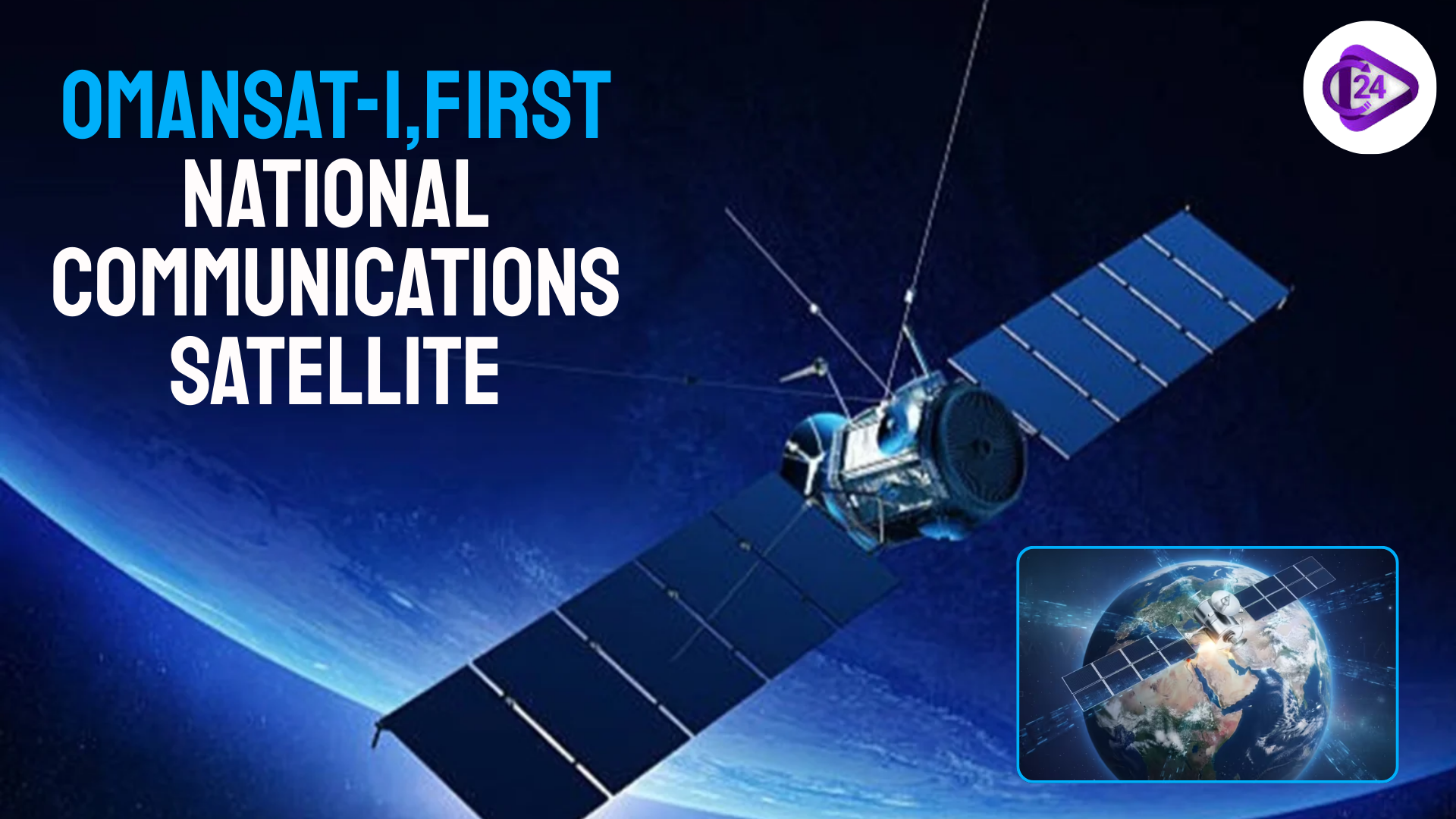
A DDoS (Distributed Denial-of-Service) Attack functions through numerous devices releasing an excessive amount of traffic to make servers or networks unusable for regular access and users. The attack exists for many different objectives and results in substantial system downtimes while simultaneously leading to economic losses and harm to business reputation. The implementation of risk assessment combined with traffic differentiation along with firewalls provides defense against such attacks.
India’s indigenous microprocessor Kaveri 2.0 represents an improved version that was developed by the Centre for Development of Advanced Computing (C-DAC). The technology focuses on enhancing both system performance and security functions to develop Indian independence in semiconductor technology. The project serves as a national effort to establish technologic independence for India.
Context
-
Performance problems occurred on the Kaveri 2.0 portal essential for Karnataka property registrations during December 2024.
-
Multiple fraudulent user accounts participated in an excessive data input process which resulted in a Distributed Denial of Service (DDoS) attack aimed at the portal.
-
The attackers initiated their assault by using 62 fake email accounts through 14 distinct IP addresses which confirmed the distributed attack format.
What is DDoS Attack (Distributed Denial-of-Service Attack) ?
The DDoS Attack (Distributed Denial-of-Service Attack) is an internet crime that disrupts system accessibility through massive artificial traffic surges. Through cybercrime attackers execute DDoS attacks by sending numerous fake internet traffic bursts to servers or networks thus blocking authentic user access to systems. A botnet consisting of compromised devices which have malware infections execute this sort of attack.
Types of DDoS Attacks
-
Volume Based: The attack mechanism based on volume sends excessive traffic amounts through DNS amplification.
-
Protocol Based: The attack takes advantage of weaknesses in network protocols through a protocol-based approach with SYN flood as an example.
-
Application-layer: Targets specific applications or web pages (e.g., HTTP flood).
Impact on Web Portals
-
Service Downtime functions as the main objective to disable operational services which results in business interruption alongside financial loss.
-
The victims endure loss of customer trust which threatens their ability to protect themselves from cyber threats since their reputation becomes damaged.
-
Other cyberattack activities can use DDoS to divert attention because the attack produces enough noise to hide their entry point.
Kaveri 2.0 Portal Incident
-
The Kaveri 2.0 system encountered major operational problems between December 2024 and January 2025 which resulted in duplicate account generation along with complete system overload.
-
The High Traffic Surge during January 2025 caused 6.2 lakh requests to overload the portal service for two hours before registration volumes dropped substantially.
Mitigation Strategies for DDoS Attacks
-
Traffic Filtering involves advanced systems which determine between genuine and harmful traffic to block system overload.
-
Rate Limiting functions to limit user requests over time frames thus preventing system saturation.
-
Tools named CAPTCHA and behavioural analysis serve as Bot Detection Technologies which prevent illicit bot activity by recognition methods.
-
Robust Authentication & Regular Audits: Strengthening security through multi-factor authentication and periodic security assessments.
-
Collaboration with Cybersecurity Agencies: Cooperation for investigation and incident management.
-
Web Application Firewalls (WAF) execute traffic filtering operations along with managing incoming web traffic.
Kaveri 2.0 Recovery and Future Outlook
-
Kaveri 2.0 portal operators were able to bring back all services on February 5 2025 following the disruption which exposed existing vulnerabilities in their cybersecurity framework.
-
The breach served as an organizational wake-up call which demonstrated the need to deploy powerful security systems especially around governmental operations of essential services.
-
Organizations need to understand their DDoS risks because this knowledge helps them implement monitoring systems plus rate-limiting and early detection features for prevention efforts.
Global DDoS Attacks
-
The X Platform operated by Elon Musk experienced a massive DDoS attack that took place just before a major political event during August 2024.
-
The China-based botnet attacked GitHub (2015) because the platform hosted tools that bypassed Chinese censorship mechanisms which demonstrated DDoS attacks as a global cybersecurity threat.
Conclusion
-
Digital infrastructure protection requires ongoing vigilance because DDoS attacks happen with increasing frequency worldwide as well as in India.
-
The target to protect critical infrastructure must be an organizational main priority when digital services expand because service availability and user trust become essential for organizations which store sensitive data or provide public services.



 Google’s Project Suncatcher Aims to Scale AI Data Centres in Space
Google’s Project Suncatcher Aims to Scale AI Data Centres in Space India's First Hydrogen-Powered Train Coach Successfully Tested at ICF Chennai
India's First Hydrogen-Powered Train Coach Successfully Tested at ICF Chennai India’s BharatGen AI System Initiative
India’s BharatGen AI System Initiative IIA Marks 10 Years of UVIT Operations on AstroSat
IIA Marks 10 Years of UVIT Operations on AstroSat PM Modi to Launch Skyroot’s Multi-Launch Vehicle Facility
PM Modi to Launch Skyroot’s Multi-Launch Vehicle Facility OmanSat-1 Oman’s First National Communications Satellite Launched Successfully
OmanSat-1 Oman’s First National Communications Satellite Launched Successfully India’s First Commercial PSLV to Propel Oceansat into Orbit Early Next Year
India’s First Commercial PSLV to Propel Oceansat into Orbit Early Next Year India’s First MWh-Scale Vanadium Redox Flow Battery Inaugurated at NTPC NETRA
India’s First MWh-Scale Vanadium Redox Flow Battery Inaugurated at NTPC NETRA Maharashtra Becomes First Indian State to Collaborate with Elon Musk’s Starlink
Maharashtra Becomes First Indian State to Collaborate with Elon Musk’s Starlink ISRO’s Bahubali Rocket Successfully Launches India’s Heaviest Communication Satellite CMS-03
ISRO’s Bahubali Rocket Successfully Launches India’s Heaviest Communication Satellite CMS-03






